A brief history of Tiengemeten...
... but accessing it by kayak is WAY more fun. ;)
Let's talk about hydrology...
"Since its return to nature, Tiengemeten has become a real wilderness with trackless terrain, flowing creeks and gullies, meadows full of flowers and huge populations of migrating birds, including ospreys and egrets. Some of the marshy pastures are grazed by Highland cattle and other hardy animals." - Wikipedia
Restoration of Tiengemeten
Before and after construction: aerial photos
1. Weelde (Wealth) - An area of biological richness and diversity.
2. Weemoed (Nostalgia) - An area where the historic farming culture has been preserved.
3. Wilderness - Where nature dominates (it's not 100% clear to me how this is different from Weelde - I think Weelde are areas in the middle of the island that subsided heavily due to draining, creating a low, sheltered, wet area that appears to be popular bird habitat).
This interesting paper provides a better discussion about these areas and why they're communicated differently to the public. If you found this discussion (and before/after pictures) interesting, you can check out my write up from another trip through a restoring marsh - at the Jantjesplaat in the Biesbosch.
Since most of the island is strictly designated "wilderness," and no boaters (including non-motorized craft) are permitted to land, we went to a beach on the mainland for lunch (see map at end of this post). On the way to lunch, Iede and I chit-chatted about all kinds of IT-related things since he's a software engineer and my newest task at work involves a diagram that looks like this. While I can't say my work task is much clearer, it's comforting to know a non-work person who understands!
|
When we landed, we promptly went searching for pee spots. I cannot recommend this beach for the ladies - the best I could find was a thorn-infested, unstable, rocky, slope with sparse coverage. We then headed up to the grassy field (because Dutch people seem to take issue with sitting on the beach... something about taking good care of our gear? :), where we were initially attacked by a swarm of mosquito-esque bugs. I swatted a mosquito on my leg, and Tom said "Not much of an outdoorsy person, are you?" to which I responded "I'm not much of a mosquito-bite-on-my-inner-thigh kind of person... are you?" Touché! (I think).
Amelia and I drank tea and ate pasta, Tom and Iede brewed coffee of varying quality, and we all munched on Amelia's potato chips. I took some artsy photos of my noodle tupperware. I'm really enjoying the artsy close-ups lately... All sarcasm aside, it was a very enjoyable lunch, and I learned a lot about the history, politics, an impending rebuild of the Never Dry club. |
I leave you with a couple fun (alternative?) facts about Tiengemeten:
- Since the island was privately owned until 2001, laws of the road did not apply. And since fixing your car was expensive on the island, people would bring cheap old cars and drive them around until they broke. This resulted in a lot of car wrecks lying around the island.
- For 1 year in 1986 the channel to Nieuwendijk couldn't be crossed by ferry, so school children were shuttled by police helicopter!
Distance: 21 km (13 miles)
Duration: ~6 hrs (including 1.5 hrs for lunch)
Weather: Cloudy, started out warm and became cool by the end of the day

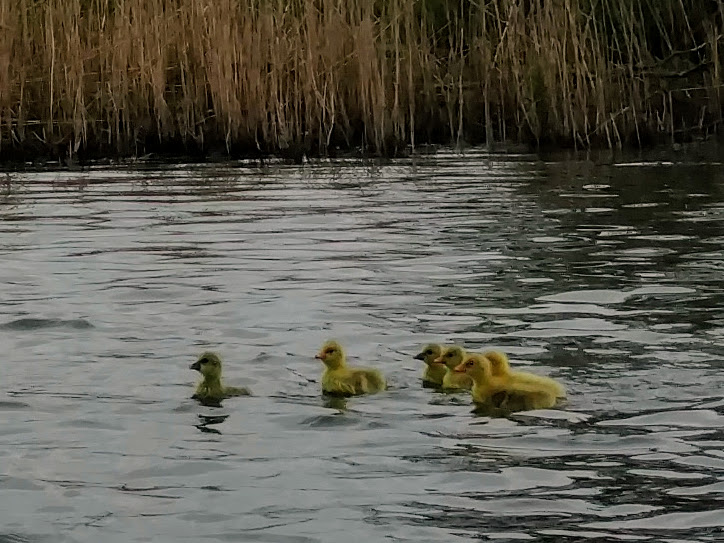
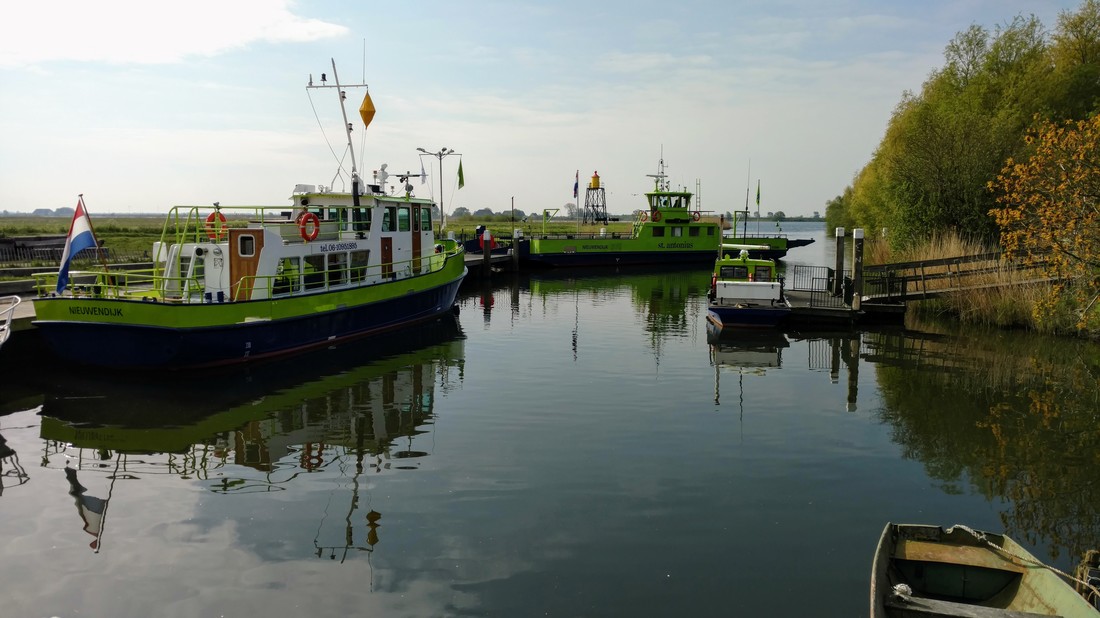
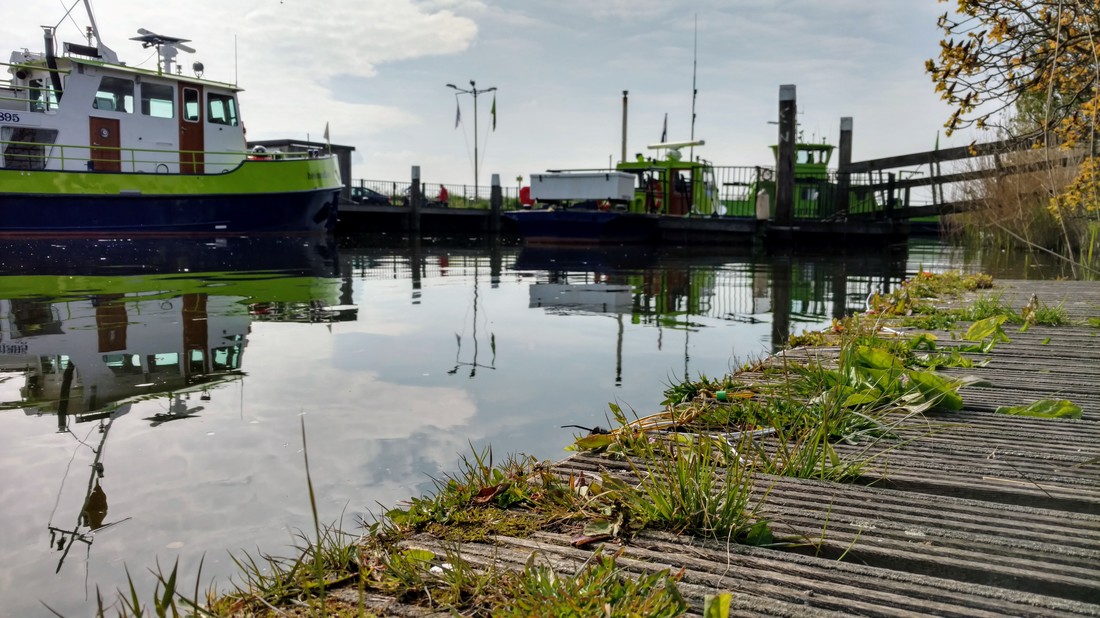
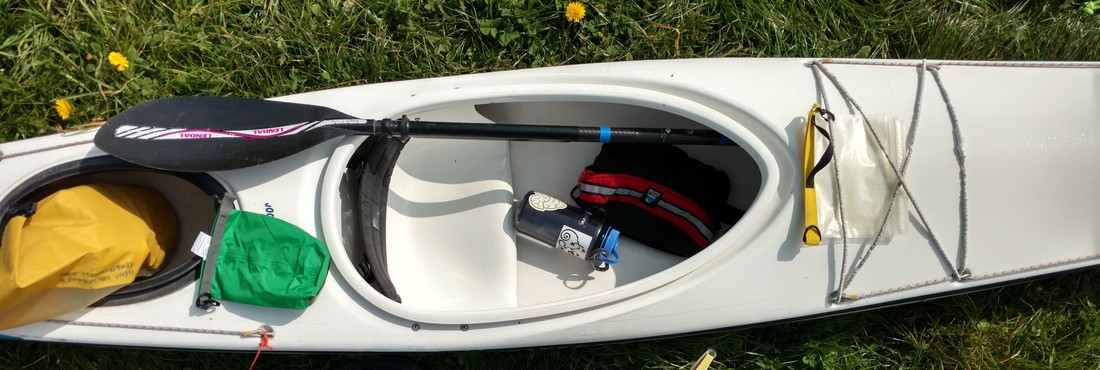
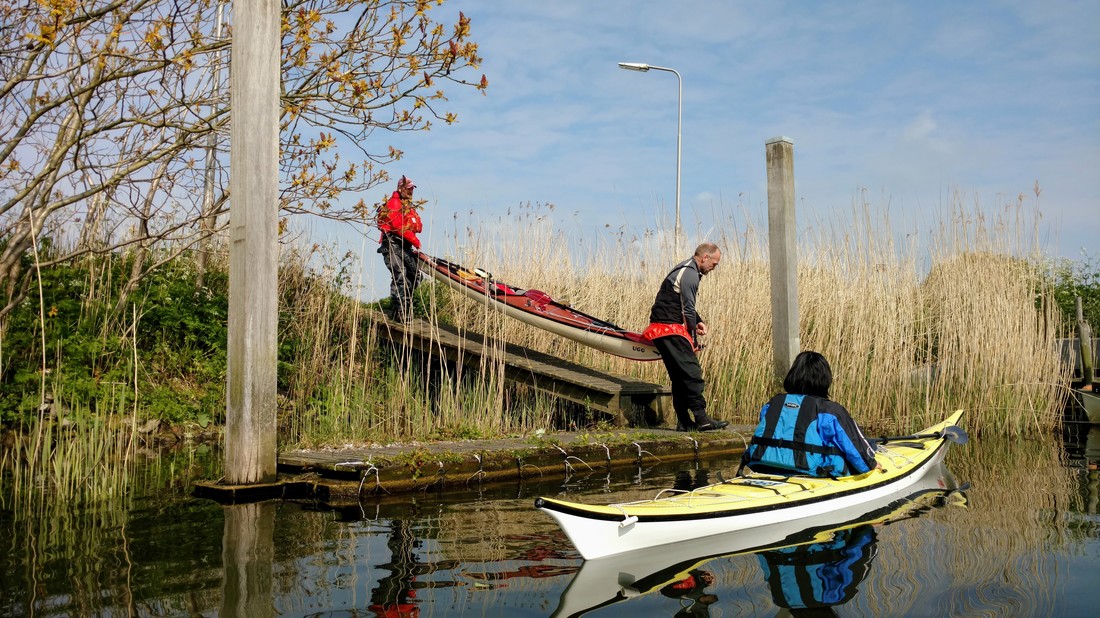
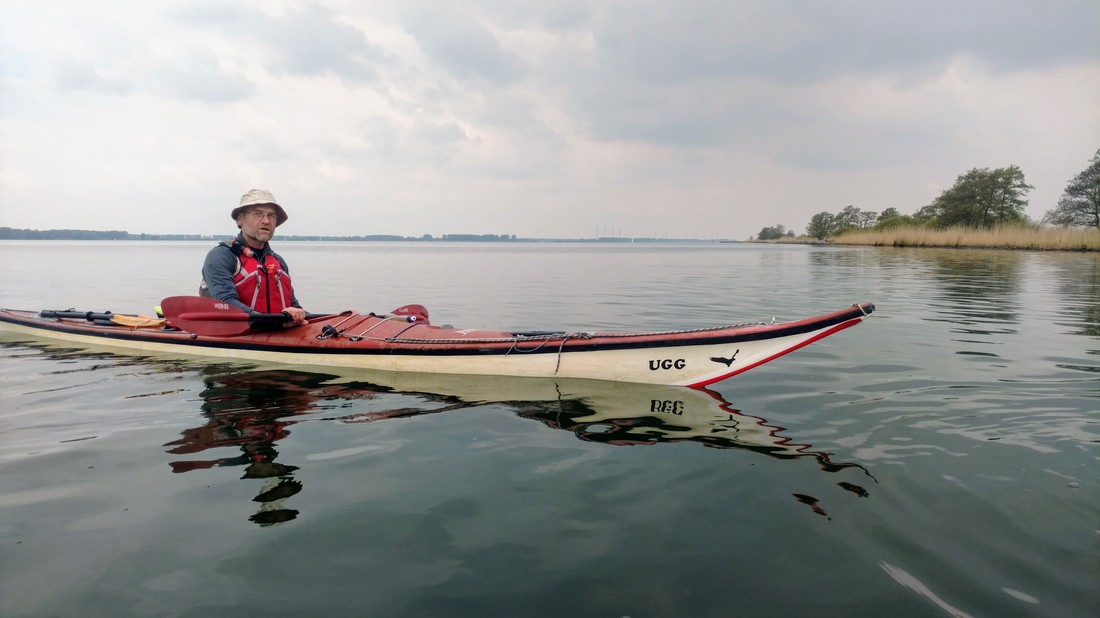
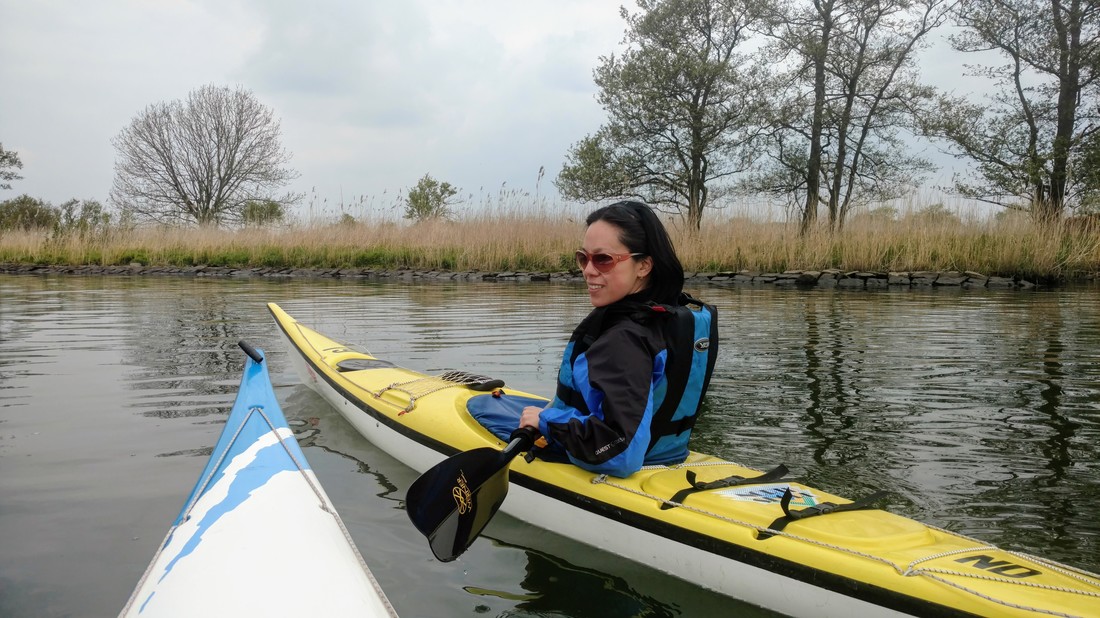
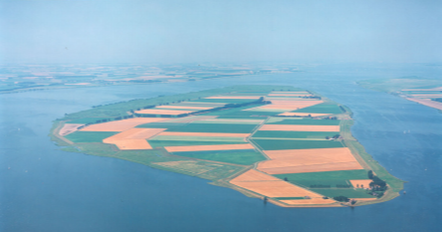
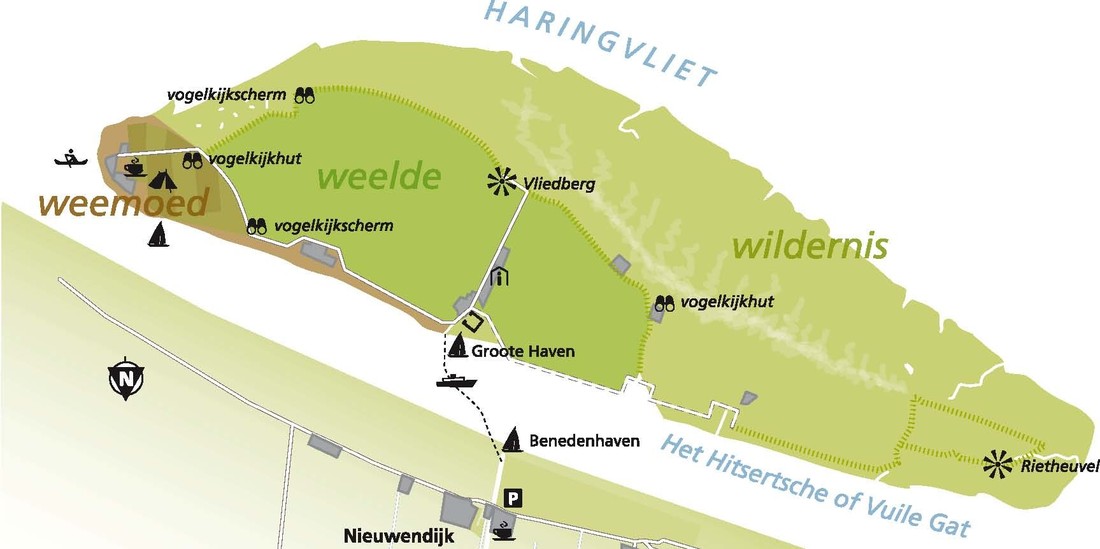
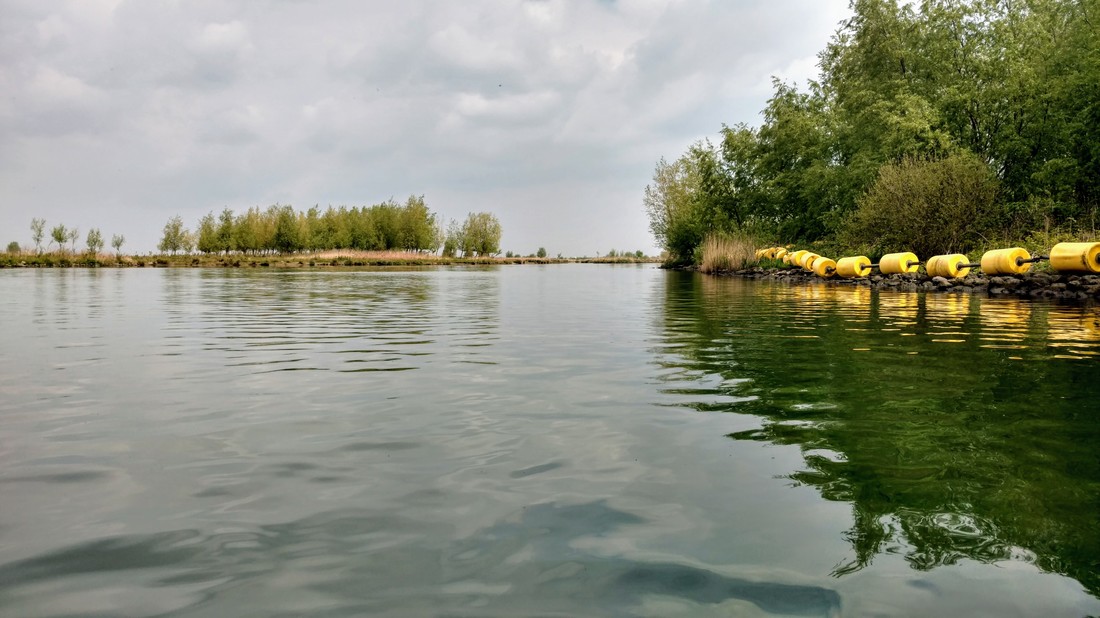
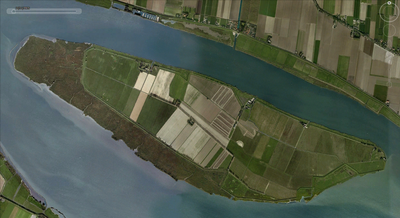
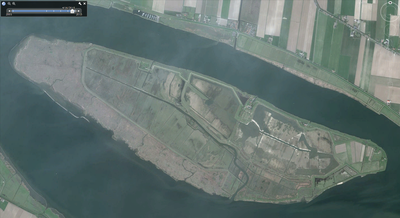
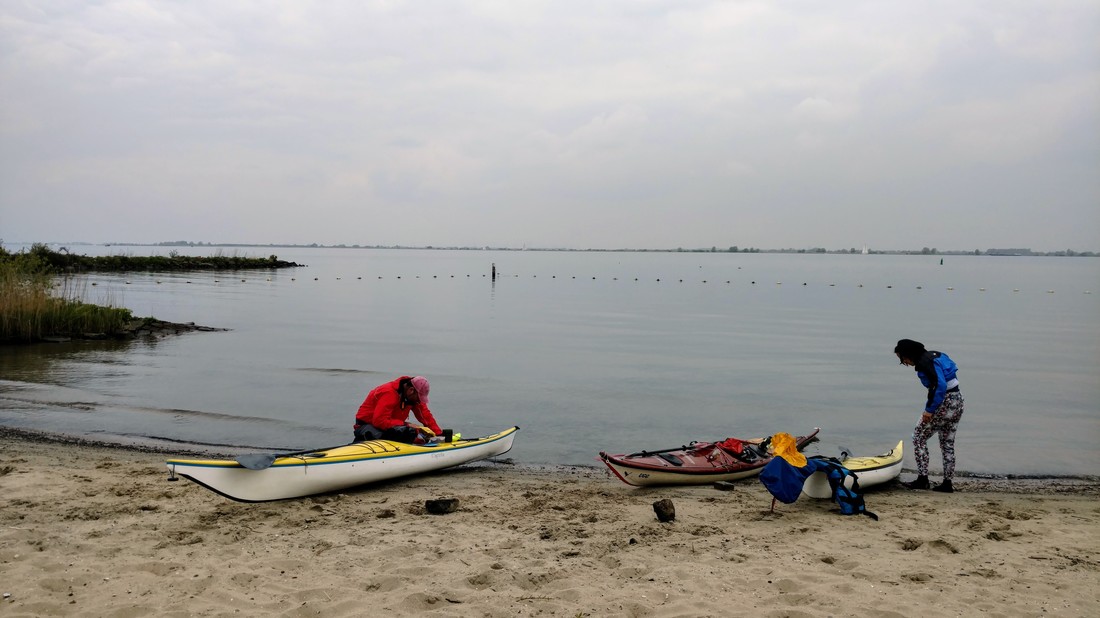
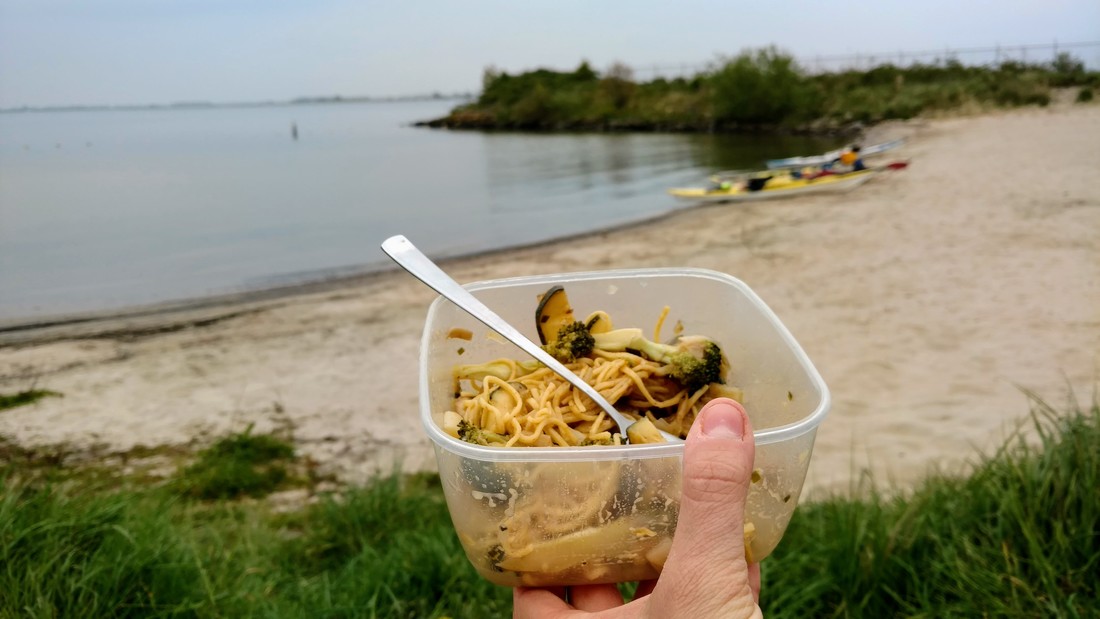
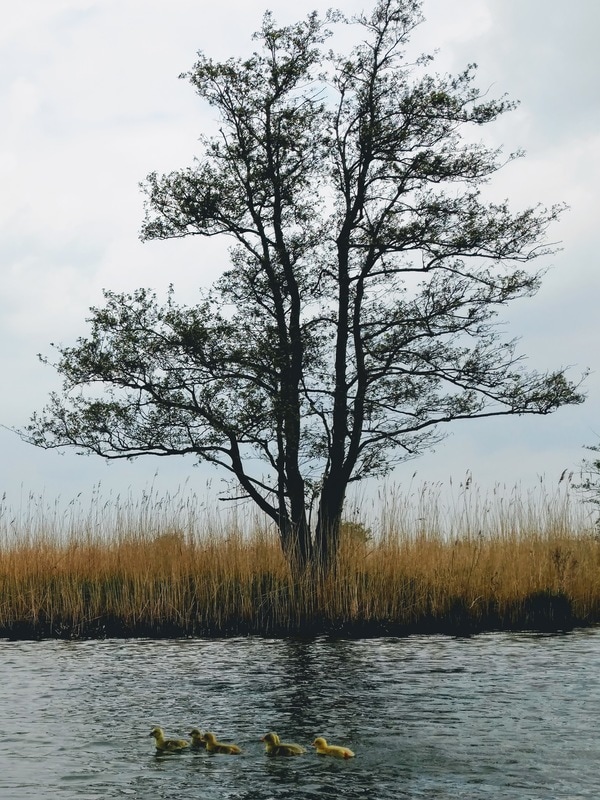
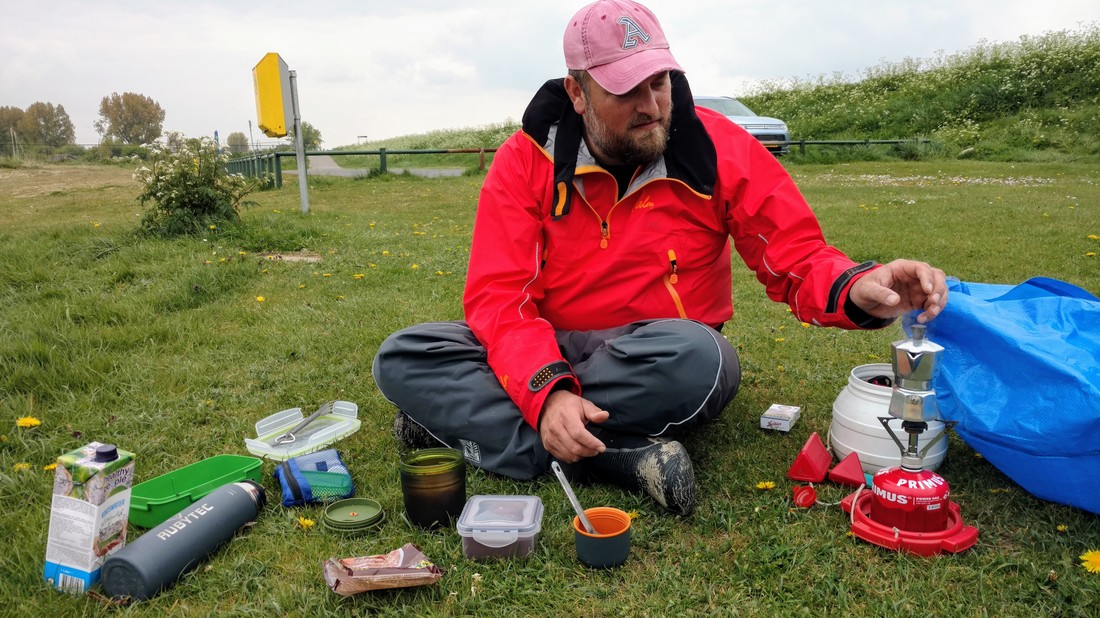
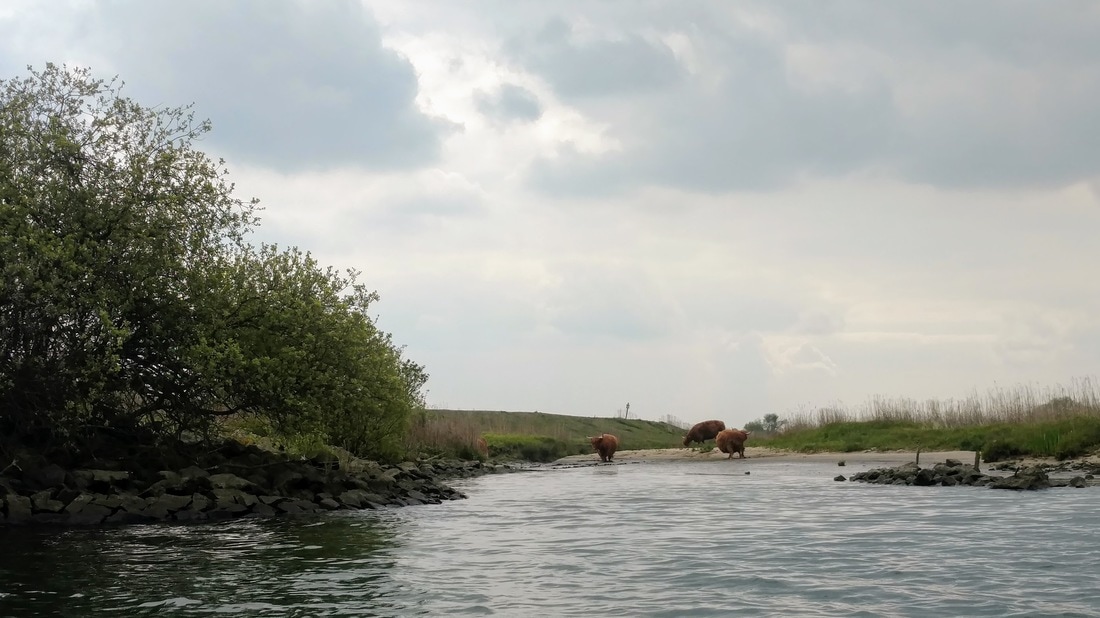
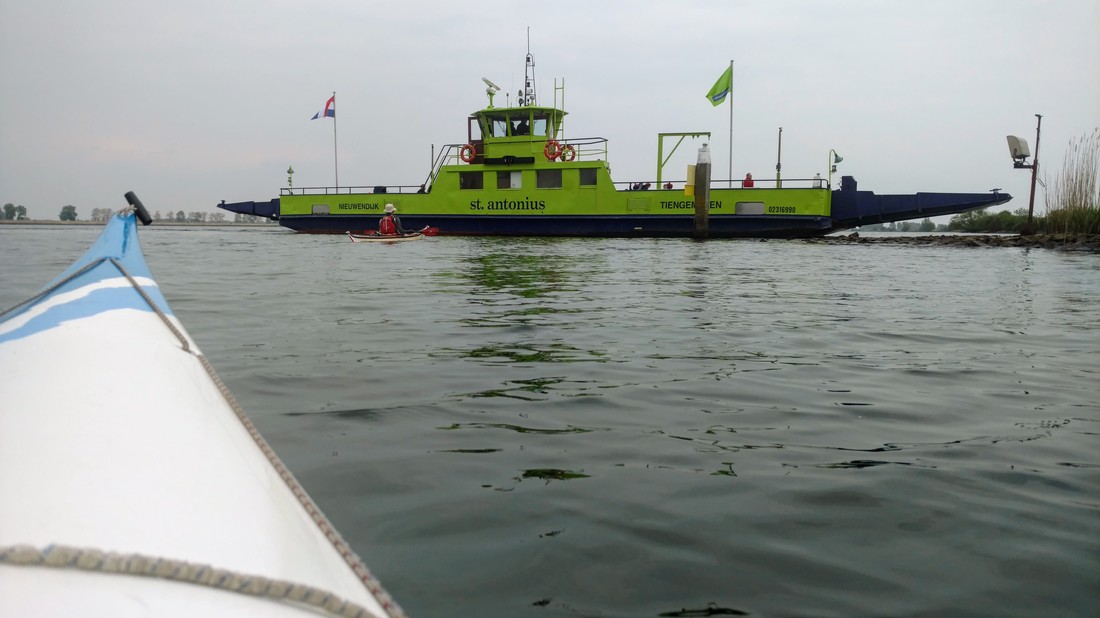
 RSS Feed
RSS Feed

